The drafting board is a magnet. It draws us to the studio, where it holds us for hours. We get lost in a trance: the smooth swish of the black bar skimming across the green vinyl, the vellum sheets. The sprawling of our forearms and fingers across the board is an unstill embrace. Lines begin to form, thin and thick, flowing from one to the next, between the clunking of the T-square against the Mayline; this is what your hand can create.
The hand drafting component that Waterloo integrates into its architecture curriculum is not just an extensive lesson on how to hold a pencil. Nor is it an excuse for the school admin to buy Maylines in bulk. Hand-drafting is a unique part of Waterloo’s School of Architecture that ingrains itself not only in our vellum drawings – the by-products of the practice – but, more importantly, in the culture of the studio, in the rhythm of a hundred hands sliding in unison at two in the morning. As much as we cursed our graphite sticks and prophesied the coming of Rhino 3D, nobody can deny the unique energy that the act of hand drafting injected into the studio environment. With the recent introduction of digital rendering software into our studio courses, I decided to compile this article in an attempt to analyze the social and often whimsical impact of hand-drafting on an early architectural education. It is a tribute to an archaic art form that made our 1A term at once painfully and endearingly unforgettable.
In the pre-digital age of architecture school, life (life, here, being studio) was immobile. Drafting pencils, drafting boards, drafting tools – all these things crucified us to the studio. The luxury of a portable work station was not available to us, and so we lingered at school long after regular class hours. Studio became some great operation running twenty-four hours a day, a morphing creature from sunrise to sundown. Midnight was peak time. The morning was intimate, unbroodingly quiet. We made a home out of some strange monotony of desks until, eventually, the pin boards above our heads became a reflection of our newly metamorphosing character. Photos, swatches, sketches, and cliche string lights from Urban Outfitters were ever abundant. In the peripheral vision of being bent over a drafting board, you could see the blur of people rushing back and forth through the row; you could hear the frustrated crumple of paper in your friend’s hands; you could feel the tension between that nearby whistler and the stickler fuming in the other row. We cycled through drafting, modeling, desk visits, breaks – coffee breaks, TV breaks, Instagram breaks, hot chocolate breaks, I-just-sliced-my-finger breaks, too many breaks – and microwave lunches that didn’t go well with coffee. The air changed, too. It was heavier during deadlines week. It could have been stress, or the floor area that got eaten up by stray models, spilled stacks of vellum, or maybe just the slightly offensive breath that told everyone around the perpetrator, “maybe one all-nighter too many”. One could say that studio was a prison – at least my inmates were alright.
Studio would be nothing without the people who shared it with me. Here in Cambridge some may say that we are stuck in the “Waterloo Architecture bubble” – but what better way to get to know eighty random kids than to be cooped up together hours on end? We taught each other and learned communally, laughing together to hide the embarrassment of bad critiques, of criticism that put a pin to our inflated egos; we gave each other sleazy desk visits and went out for late dinners at Red Basil when nothing was open on Main Street. Studio neighbours – they enter your life as strangers, the unlikeliest of friends, and the remainder of the term they spend oscillating between being someone you love and someone you want to punch in the face. But who could forget the bizarre studio conversations, the ones that struck up in the smallest of hours of the night? The “real talks”, the philosophical candor, the debates on cities and rappers and sociopolitical issues that would somehow ease themselves into our Wednesday nights?
I asked a couple of other people what their favourite 1A studio memories were, and the responses I got were warmly evocative of nostalgia:
“A couple of days before our first final deadlines, when everyone in my row stayed up till six AM working together and playing Christmas songs all night.”
“Impromptu lip-syncing and provocative dancing in the aisles.”
“Taking naps in our homemade cardboard sleeping box.”
“That one time I was standing by the print station and my crush came by and spoke to me.”
“Having Nerf gun battles and playing frisbee on the chairs.”
“Turning off the lights for the first time and making all the upper years hate us.”
“Spelling out messages to the other end of the studio using masking tape on windows.”
“Starting a gang with my studio row.”
“Ordering pizza and chicken wings to the school at 1 AM.”
“Being able to just walk through the aisles and admire everyone’s work at once – design, photography, sketches.”
“Tea time with my friends.”
“When I came into studio on the weekend and I was the only person in the entire school.”
“When I had my very first crit with an adjunct and she told me, ‘You look like you don’t know what you’re doing.”
When I pass by the back of the studio where the upper-year students sit, the atmosphere is almost foreign. Entire rows are barren and the few that remain are plugged away on their computers, headphones on and mice lodged under stiff palms. And I cannot deny that the same feeling is slowly trickling into my side of the studio, growing with every monitor and laptop that gets stowed away in a messenger bag. In a mere four-month time frame, we as Waterloo Architecture first-years experience the same sort of drafting exodus that architects have been steadily undergoing ever since the advent of the digital age. Hand drafting may be nearly obsolete in professional practice, but I would not want to spend my first term in architecture school learning in any other medium. There are those who hate it and those who swear by it, but when I think of hand drafting, I do not think of it as a tool as much as I do the hearth of our first real home away from home.
Bianca Weeko Martin is a Toronto-based first-year student at the University of Waterloo School of Architecture and Social Media Director at BRIDGE. Bianca’s passions lie in the fine arts and in writing, the latter of which is driven largely by her inclination to over-romanticize moments and experiences in life.
To view more of Bianca’s body of written and visual work, you can visit her art blog at www.artbybiancamartin.tumblr.com.


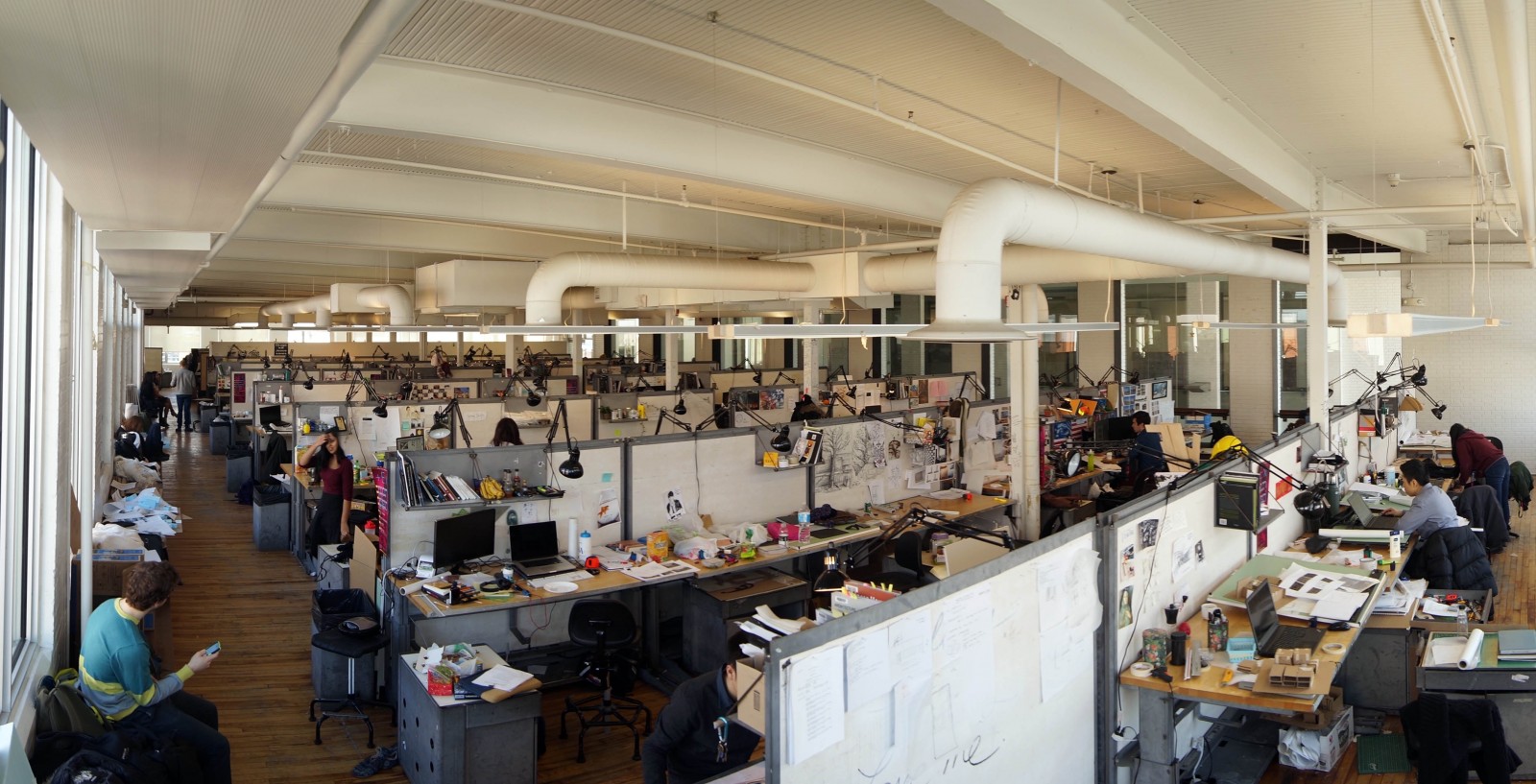
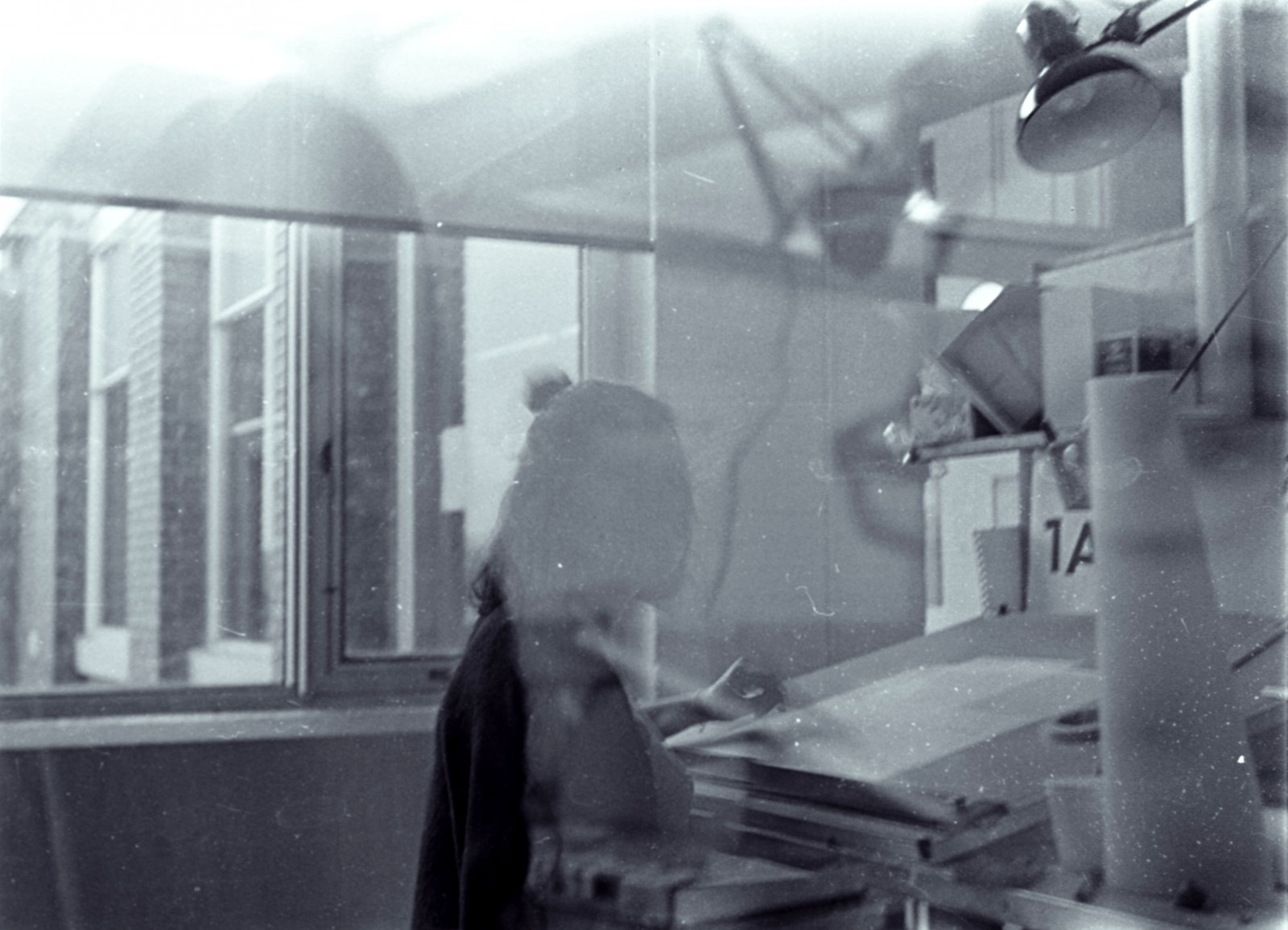
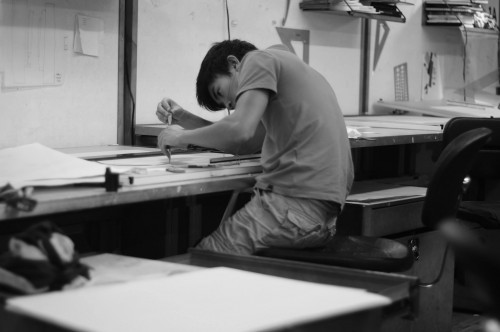
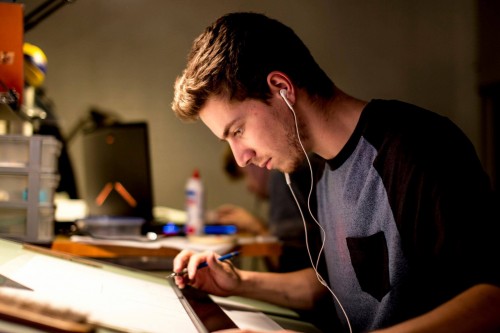
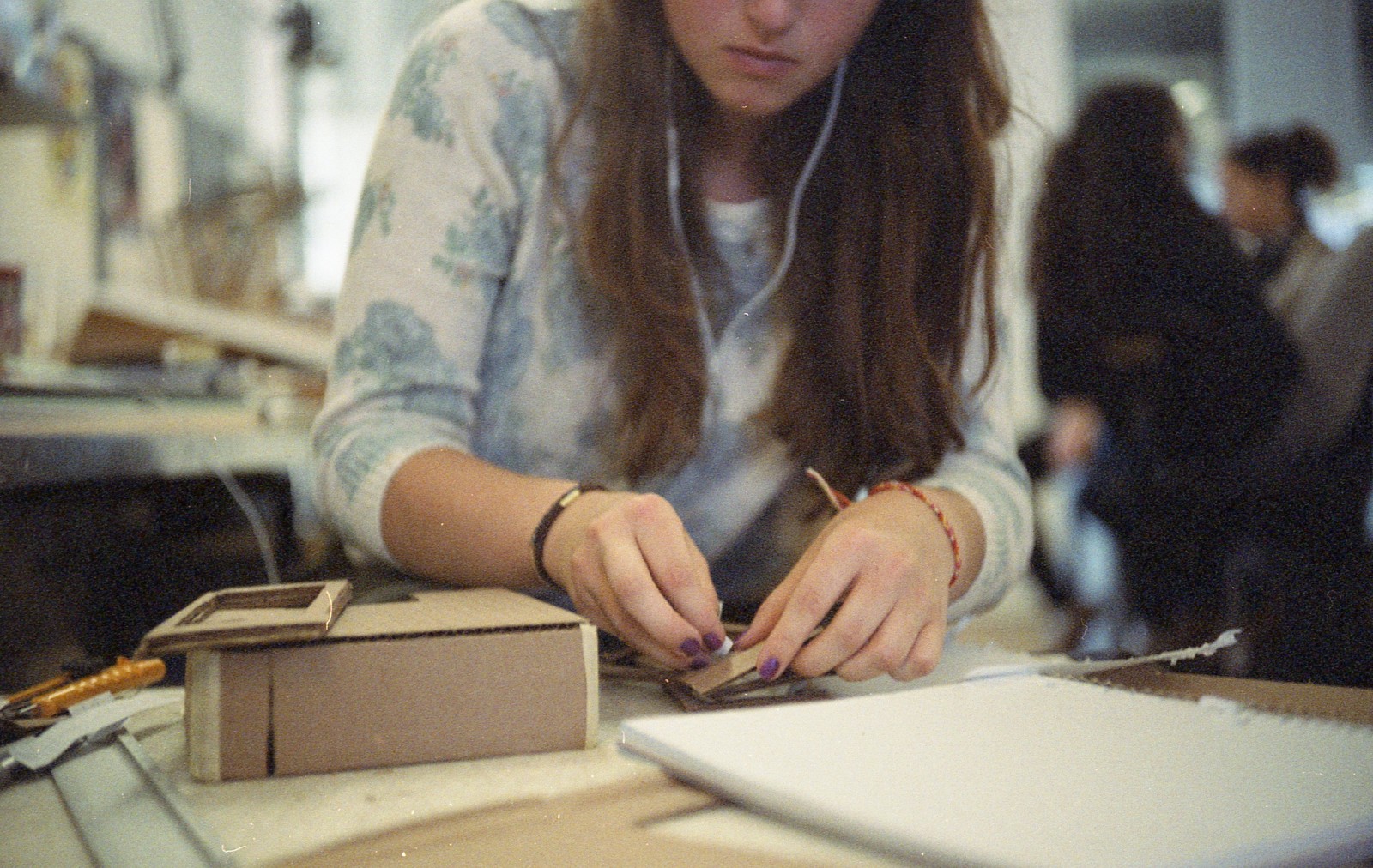
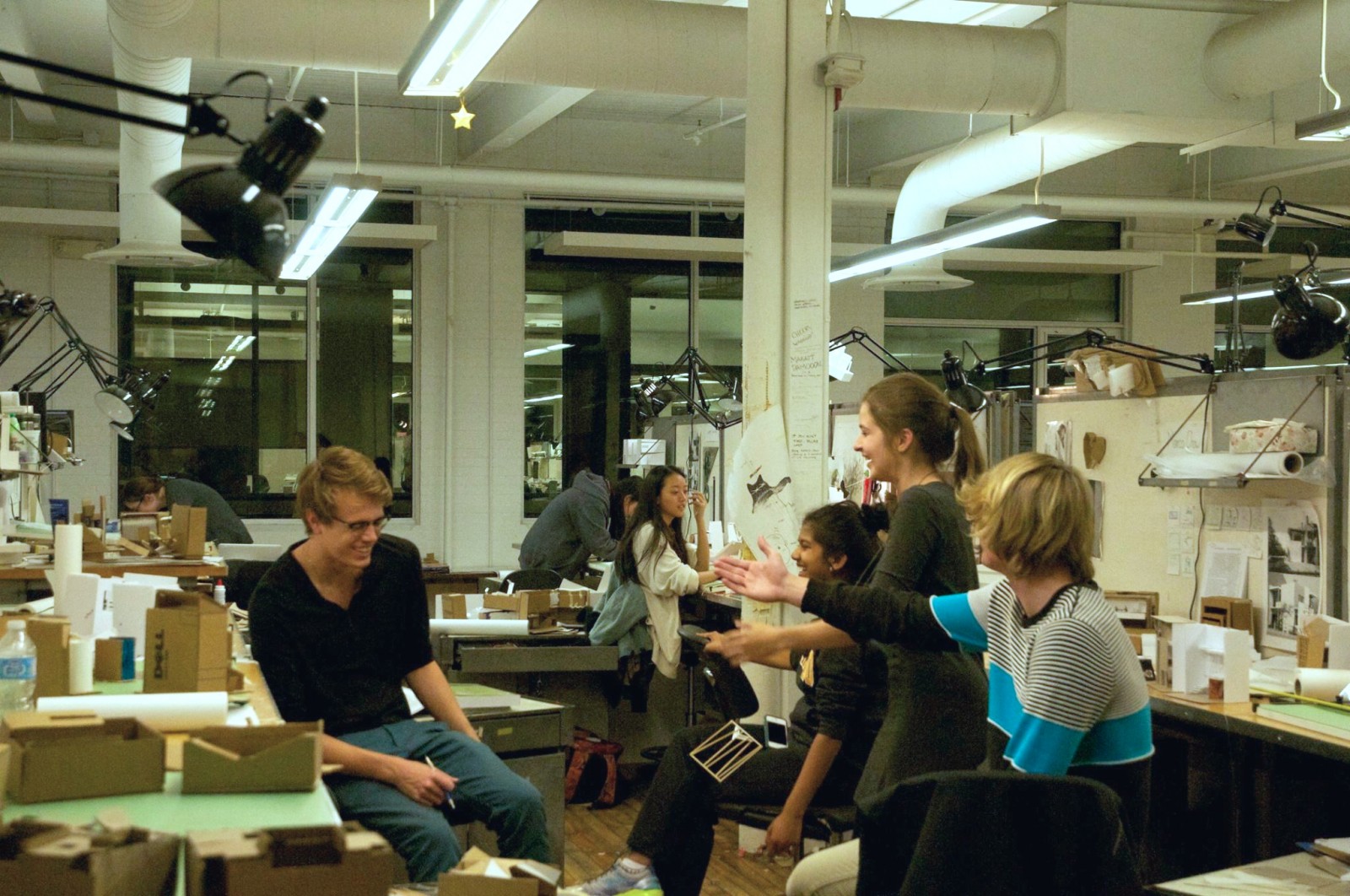
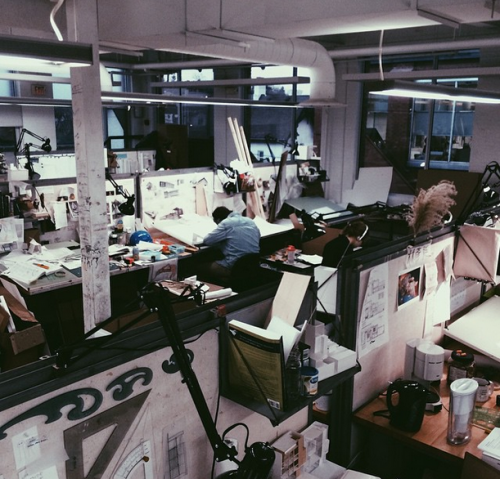
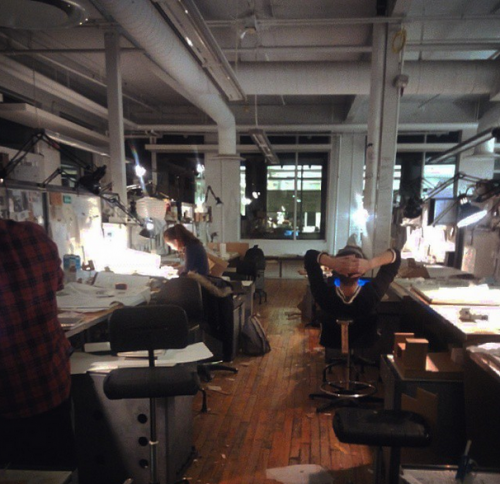
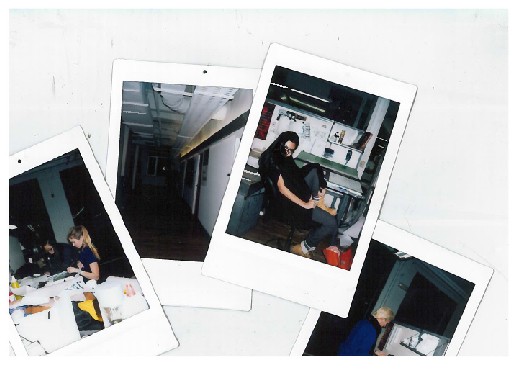
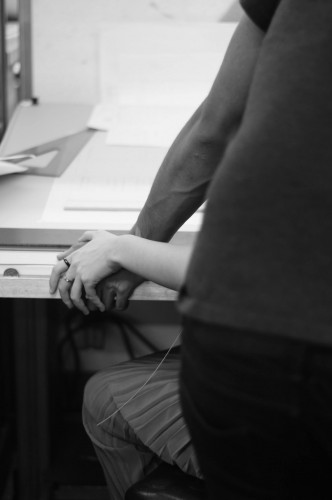
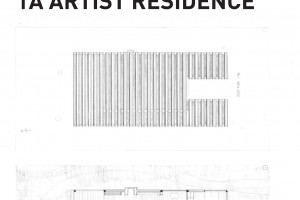
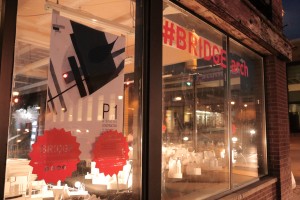

Leave a Reply